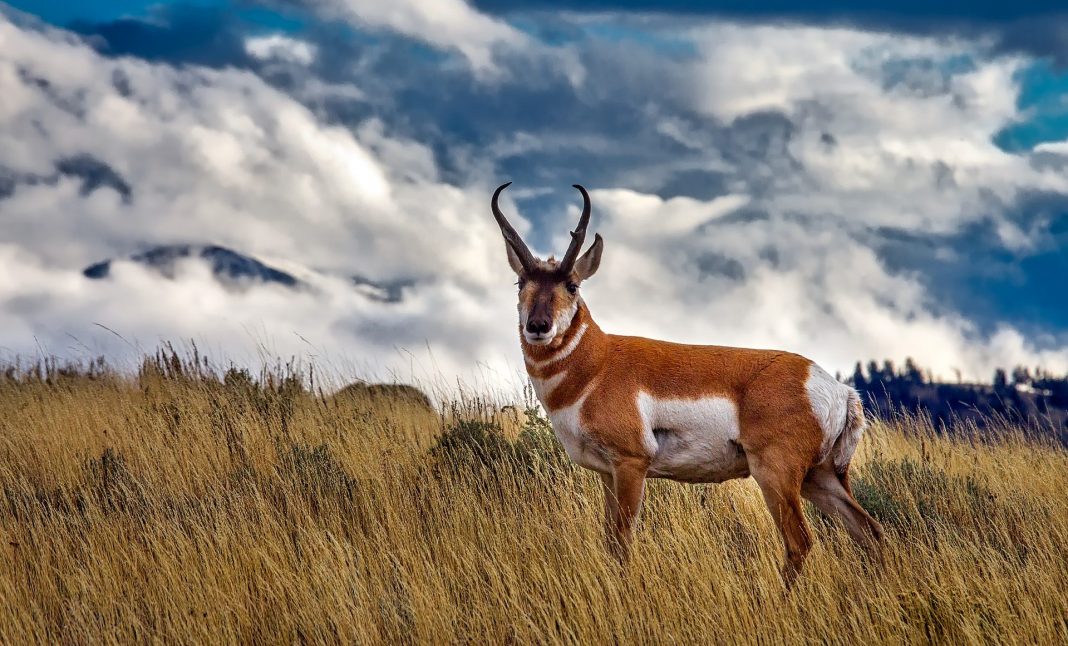This article provides a real-life, consumable breakdown on pre-scouting for your next pronghorn season. We realize 2020 hunts have already started; so, that means now is the time to start planning for 2021!
Justin Brewer, a Montana native, serves as the family’s self proclaimed “pronghorn junkie.” Justin helps his friends and family plan pronghorn hunts every year. We wish you the best! And, if you’re a self-proclaimed pronghorn junkie, join the Pronghorn Hunt Nation Facebook group! Thanks for reading! – EHUNTR Staff
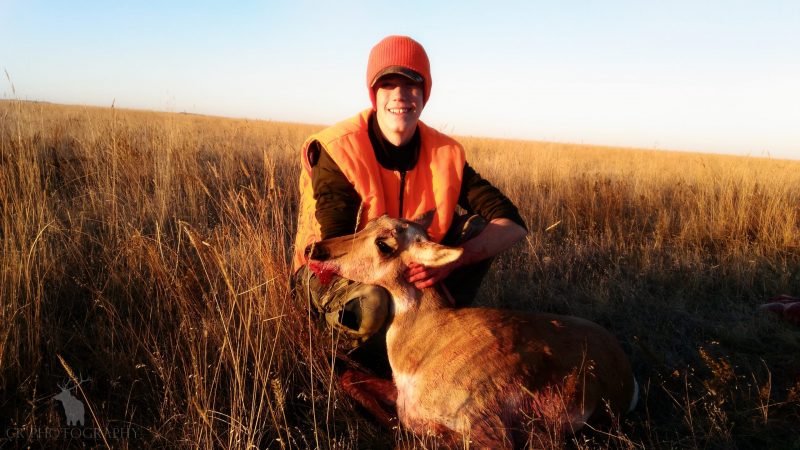
The Anticipation
If you’re like me, then you look forward each spring for the official regulations and draw statistics for the previous year to be released. Why? To start scouting for the next season, of course! (The excitement to scout is second only to hunting!) In Montana, Pronghorn regulations and associated draw statistics are released sometime in March. So, that leaves only five months of prep time (for the archery-only hunters, that is). Each year, my desk is covered with regulations, a notebook, and printouts from the previous year…and my desktop is opened to the most updated version of OnX possible.
Tools & Information
There are a lot of useful tools available if you’re planning a pronghorn hunt in Montana. As is usual, there are positives and negatives concerning the state website; but, with a little practice it is easy enough to access and leverage valuable information. For example: draw statistics, harvest rates, and even the amount of public land available (although that last category works best when used in conjunction with a map program such as OnX Hunt maps).
While social media has a lot of great groups pertaining to hunting and specifically to pronghorn hunting, it is always best to read up on the state regulations for yourself. Each year, I spend a lot of time reading through the Montana regulations for deer/elk/antelope, plus the regulations for black bear, moose, mountain goats, bighorn sheep, and turkey. Not all questions are explicitly answered in the regulations, so it is a good idea to stop in or call to ask specific questions to the regional officials.
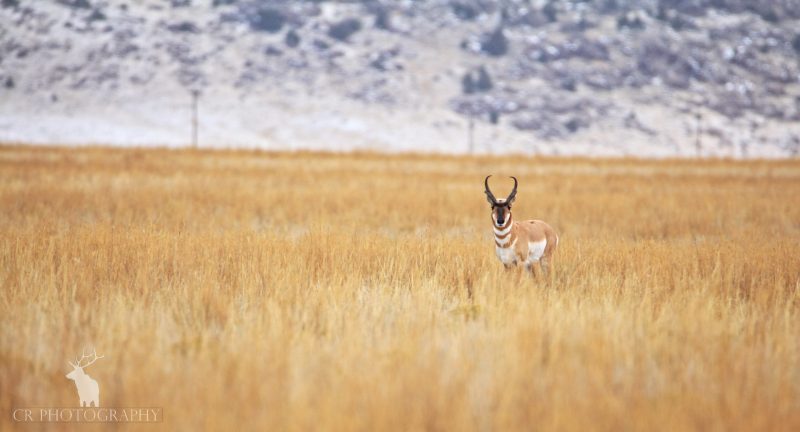
Start With The Regs
To “e-scout” pronghorn in the off-season, I start with the regs (which are typically available sometime in March in PDF format on the FWP website under the “Hunting” tab). But, I also use the “Hunt Planner” portion of the website. Most states have something similar. Under that section, you can view maps, hunting districts, hunting district regulations, and harvest statistics. Harvest statistics can be particularly useful; although it is difficult to ascertain exactly what tags are filled (I’ll explain that a bit more later on). This gives you a general idea on how hard the area was hunted in a given year. Plus, it breaks down by resident, non-resident, bucks, does, and fawns.
The Process
Each year, I sit down and look at hunting districts that have a reasonably high draw probability. Then, I look at the associated maps and harvest statistics. For instance, take HD 590. From the 2019 1st choice draw statistics, the hunter can easily draw this tag even as a non-resident. In 2019, the A tag (either-sex general tag for the district) had a 100% draw rate (450 tags available, 290 applications). Out of those 290 tags (plus the 50 B tags), there was around a 50% harvest rate.
On the surface, this sounds great! However, when you begin to look at the available land to hunt, you find quickly that there are only 3 small sections of BMA (block management areas) to hunt and some checkerboard state lands that are primarily inaccessible. All of these factors are important to consider, especially if you are either traveling for the hunt or are a non-resident spending a lot of money for the tag.
The three main tools used to access that data was:
- OnX for the land access (although Montana Cadastral could be used in a more limited and less efficient manner)
- The draw statistics between the maps and region regs within the 2020 regulation book.
- The “hunt planner” portion of the FWP website.
In addition to OnX and Montana Cadastral, there is an app called “Outly” that can also be used to a limited degree. It has significantly less built-in information than OnX but it is free (it is free on Android, so that may work for a budget).
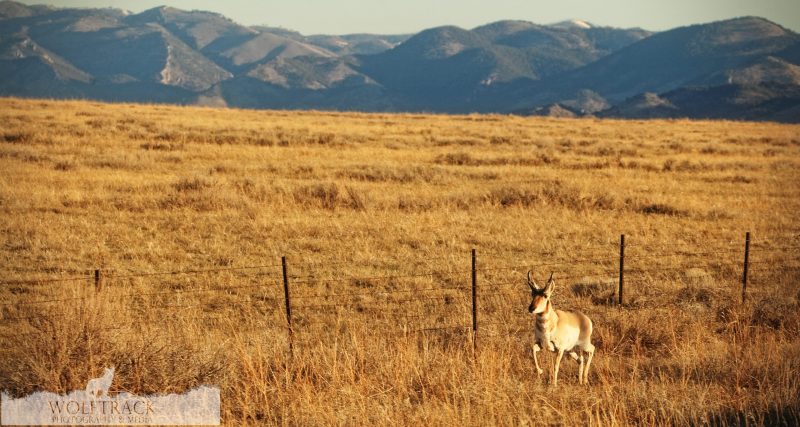
Burn Rubber
2020 has been an odd year, as all of us can attest. Generally, by this point, I’ve put a lot of miles on my truck scouting out different areas (don’t trespass!) to see where the majority of the pronghorn are hanging out. For me, scouting is a lot of the fun. I take along my Canon DSLR with a 600mm lens to photograph and video any pronghorn I see (to be honest, it is fun to just photograph them regardless of whether or not they make any “hit list”). This is a good method for keeping track of what bucks you’ve seen and where they were.
This is also where the map systems come in. Using the OnX app on my phone, I can drop markers where I’ve seen nice pronghorn bucks or good groupings of pronghorn in general. It also helps in keeping straight where property marker lines are and how the animals are maneuvering back and forth from private to public (or BMA) lands. Where are the crossings? Is there a fence? Sometimes sitting and glassing (binoculars or spotting scope) to see how they move around a field is a great option too… plus a lot of fun.
Montana is not necessarily known as the best pronghorn state. But, there is a lot of opportunity if you take your time, do your research, and even burn some rubber during the summer checking out different properties and areas. There are pockets in Montana where the pronghorn are very prevalent… you just have to invest some time looking!
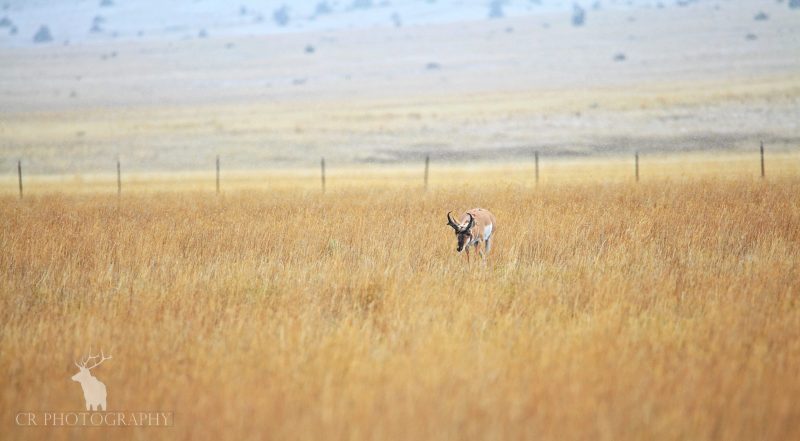
Know The Tags
There are a lot of hunting district or region specific tags, many of which can be hard to get due to lots of applications. Some, however, are easy to get for reasons previously mentioned. There are a few multi-hunting district tags too. For example, the 007-20 (either-sex) tag and the 007-30 (doe/fawn) tags are good for all of the Region 7 hunting districts (these are the general tags, so you can hunt with a bow or a rifle during the applicable season dates). If you are an avid archery hunter, the 900-20 tag is available. But, it is an archery only tag. However, the advantages of this tag include an early season (season dates typically range from around August 15th to November 08th, approximately), whereas the general archery season does not start until September 5th (exact dates tend to vary year to year, but this gives the basic idea).
Additionally, 900-20 tag holders can hunt in nearly every hunting district in the state with very few overall exceptions (see page 128 of the 2020 Deer/Elk/Antelope regulation book for specific districts). It is important to keep this in mind when reviewing harvest data. Remember that any pronghorn taken on the 900-20 tag will be counted as a harvest, but not necessarily separately from the hunting district specific tags.
Summary
Don’t let all this information seem like an obstacle. Let it be a guide to help you get started. Navigating public/private land, hunt statistics and success rates is part of the process. There’s no one-size-fits-all solution. Set your goals, do some research, ask questions of regional officials and other folks with experience. Then, put the planning to action and go! It’s always worth it.


